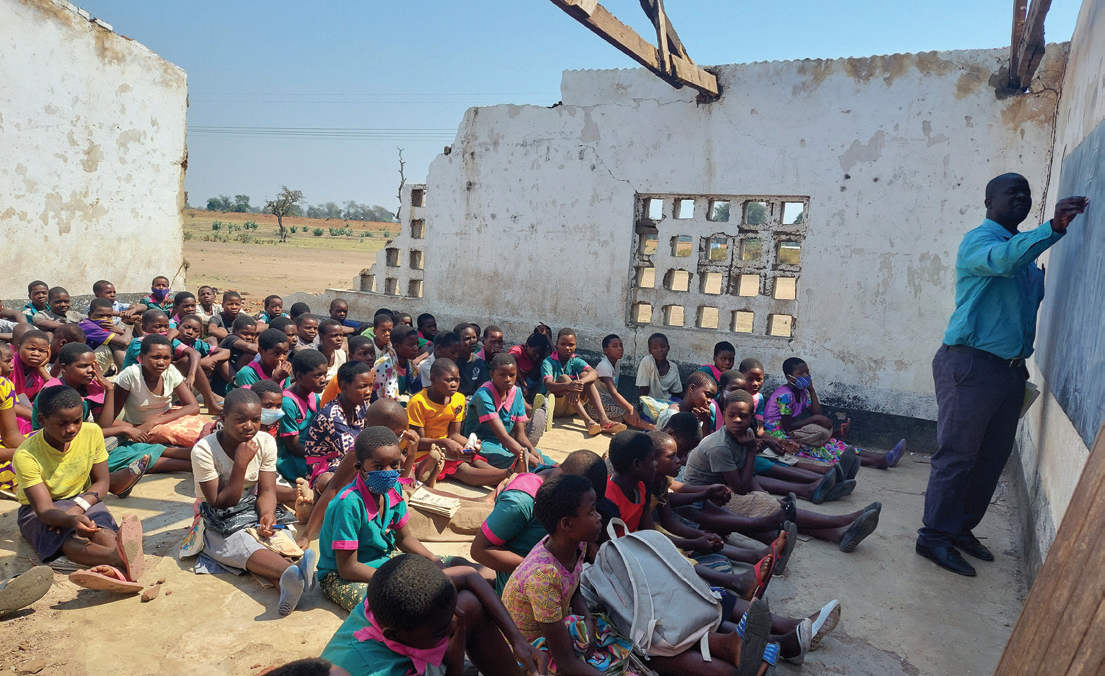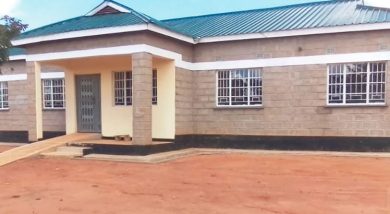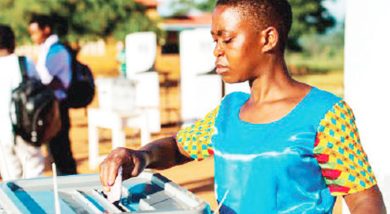Tough times for 400 000 learners as schools open
About 398 908 learners in 476 schools across 22 education districts should brace for poor learning environment as their schools, damaged by the effects of Tropical Storm Ana, are yet to be renovated.
In an assessment report released in February, the Department of Disaster Management Affairs (Dodma) said seven education districts, namely Nsanje, Chikwawa, Phalombe, Mulanje, Balaka, Mangochi and Zomba were the worst affected.

Consequently, 398 908 learners, comprising 201 135 boys and 197 773 girls could not access learning at the time of assessment.
Malawi has 6 583 primary schools out of which 5 806 are public and 777 private and 1 270 secondary schools comprising 923 public and 347 private, according to Ministry of Education.
With all these facts in consideration, stakeholders in the education sector fear the delay in renovating the damaged infrastructure and replacing the damaged learning and teaching materials might lower the standards of education in the affected areas.
In an interview yesterday, Teachers Union of Malawi (TUM) secretary general Charles Kumchenga said they undertook an assessment in the affected areas and most of the schools are in a bad state with some being used as flood survivors camps.
Civil Society Education Coalition executive director Benedicto Kondowe called on government to create a special package for the rehabilitation of the schools.
He further suggested a raise in the School Improvement Grant, the funds that are provided in schools for other development projects.
On the cholera outbreak in Nsanje, Kondowe asked authorities to put in place measures to contain it.
While acknowledging challenges in recovery efforts, Chikwawa district commissioner Ali Phiri said in an interview yesterday that all schools in the district will be open as they are working on rehabilitating those that were extensively damaged.
“We had about 50 schools being used as shelters for the displaced, but they have now moved to tents,” he said.
Ministry of Education officials were yet to respond to our questionnaire on the way forward in worst affected schools.
But Dodma in its report indicated that partners such as Unicef helped by providing 400 ‘school in a box kits’ containing 400 boxes of assorted education materials each adequate for 50 learners, 85 recreation kits, 61 early childhood development materials, 30 (72msq) tents, 400 movable chalkboards and 700 boxes of surgical masks (35 000 masks in total) to the affected schools.






One Comment